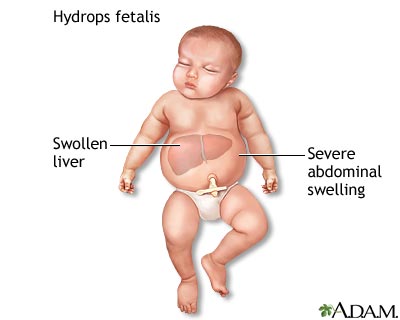The finding of an association between ZIKV infection and hydrops fetalis suggests that thevirus may cause damage to tissues in addition to the fetal central nervous system.
The authors claim that Zika virus leads to not only microcephaly, but also Hydrops fetalis which occurs when abnormal amounts of fluid build up in two or more body areas of a fetus or newborn.